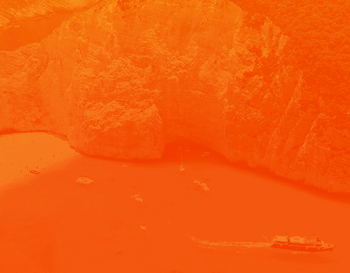The National Museum of Archaeology displays an exceptional array of artefacts from Malta's unique prehistoric periods starting with the first arrival of man in the Ghar Dalam phase (5200 BC) and running up to the Tarxien phase (2500 BC).
The collection is housed in the Auberge de Provence, one of the first and most important buildings to be erected in Malta's baroque capital city, Valletta, after the Great Siege in the late 16th century.
The construction of the Auberge was probably entrusted to the local architect Gerolamo Cassar (1520-86). Among the more captivating features of the Auberge is the large top floor salon with its richly painted walls and wooden beamed ceiling. Over the centuries, the Auberge has undergone other architectural changes, but it remains one of the best preserved residences of the Knights.
The building served as the main residence for the Provençal knights of the Order of St John. Following the departure of the Order from Malta, the property was administered by the French during their brief occupation of the Islands. It was later on taken over by the British Government and served as military barracks, a hotel, a Union Club, an auction house and, eventually, as a museum.
The building was inaugurated as the National Museum in 1958 when it housed the archaeological as well as the Fine Arts collection, which is now in another palace nearby.
The first rooms trace man's early settlement of the Islands up to the temple-building periods using a reconstruction of a rock-cut tomb. The collection includes obsidian cores and the Red Skorba figurines, which are predecessors of the temple period objects and statuary.
The main hall is devoted to temple carvings, in particular the giant statue and altar blocks of Tarxien Temples. The collection continues with representations of animals, temple models, and the remarkable human figures. Of particular note are the exquisite figures of the 'Sleeping Lady' from the Hypogeum, and the 'Venus' of Hagar Qim.
The last room exhibits some pottery from the temple period, together with tools of flint and obsidian, beads and other ornaments, all of which illustrate the remarkable artistic skill and sophistication of the prehistoric dwellers of the Islands.


Similar Topics
-
National War Museum in Valletta
Posted by Sliema2 in Malta and Gozo Discussion Forum
-
Archaeology Museum
Posted by the real holidaymaker in Malta and Gozo Discussion Forum
-
Cambodia National Museum
Posted by Judith in Holiday Truths Gallery
-
Malta Aviation Museum and Craft Village
Posted by Kiltman HT Mod in Malta and Gozo Discussion Forum
-
Ghar Dalam Cave & Museum near Birzebugga Malta
Posted by Sliema2 in Malta and Gozo Discussion Forum
